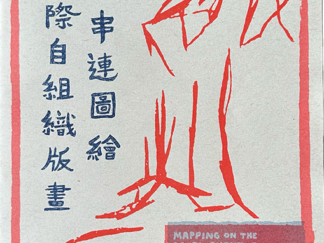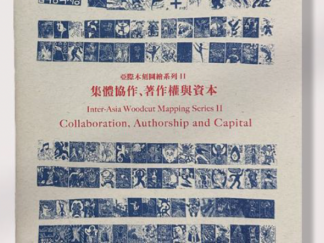Description
The Modern Woodcut Movement originated in the 1930s. It was first initiated by Lu Xun, who advocated using woodcut/woodblock printing as a creative medium to depict reality and expose the dark side of society. This movement inspired a group of artists to participate, and its influence gradually spread to neighboring regions. However, due to different social factors, although related practices have emerged in various places, they have presented quite different paths. Here, we may need a cross-cultural/regional perspective to understand the intertwined geopolitical and historical issues behind it.
This issue takes the multiple development trajectories of the Modern Woodcut Movement in post-war East and Southeast Asia as its theme, through seven articles from the perspectives of China, Hong Kong, Taiwan, Japan, Korea, Singapore, and the Philippines. We aim to outline not only the diverse development of this cross-border art movement in various places but also to explore how artists take postwar as a notion to combine woodcut printmaking with social criticism and action, as well as the limitations and difficulties they encountered in the context of the Cold War.
Contents //
.Editorial Board | Multiple Postwar: Woodcut Movements in Postwar East and Southeast Asia
.Haruka MACHIMURA | Printmaking Education Movement During Japan’s Period of Rapid Economic Growth: Educational Practices in Addressing Social Issues
.Mai INABA | Resistance Prints in South Korea — the Liberation Space and the 1980s
.LEE Chun Fung | The Rise and Fall of Left-wing Woodcut Movement in Hong Kong
.MEI Dean-E | Rethinking the Thorny Path of Contemporary Printmaking in Taiwan
.LI Ding | Debates on Socialist Realism: Notes on the 1950s Modern Woodcut Activities in China
.Krystie NG | From Diaspora to Independence: A Preliminary Study on Postwar Woodcuts in Singapore
.Amiel RIVERA | Printmaking by the People and for the People: Carving Our Way towards National Liberation of the Philippines





